Description
Removes moisture from most repairable windscreen damage within 20 seconds. May also be used to warm small areas of glass before beginning the repair process.
From the Archives
Some Unexpected Results When Drying A Break
Editor’s Note: The Windscreen Repair Forum is a hub for opinion, ideas, comments, venting, questions about windscreen repair and headlight restoration, business, and sometimes just life in general. A recent question posted to the forum led to us doing some testing on the topic of drying out a break and the results were surprising.
The discussion centered on the pros and cons of various tools used to heat glass and remove the moisture including blow dryers, a moisture evaporator, and heat guns. The question that got it all going was, “…have you ever measured the heated area by a [moisture evaporator] right away after heating about 20 seconds? What temperature did you measure?”
The short answer is yes, I have measured the temperature of the heated glass. However, I can’t really give you an exact answer due to the number of variables involved. Let me explain.
The Explanation
The temperature of the glass before applying the moisture evaporator will vary. We did a test starting with a glass temperature of approximately 76 degrees*. After the moisture evaporator was applied for 20 seconds we got an average. The glass temperature reading of 140 degrees. We did the same test, but this time preheated the glass to 125 degrees, before applying the moisture evaporator for 20 seconds. This time we got an average glass temperature reading of 197 degrees.
Never did the glass temperature reach 212 degrees, but the water did begin to bubble in 10-12 seconds and was gone in 16-17 seconds. The interesting thing to note here is that heating the glass to 140 degrees with a hair dryer did not remove the water from the break but heating the glass to 140 degrees with a moisture evaporator did! I’m sure there is a good explanation for that but I have to admit I don’t know what it is.
There can be significant variances in the measured glass temperature depending…. Continue Reading

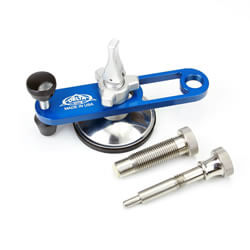
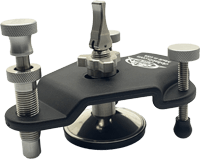
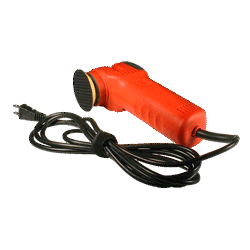
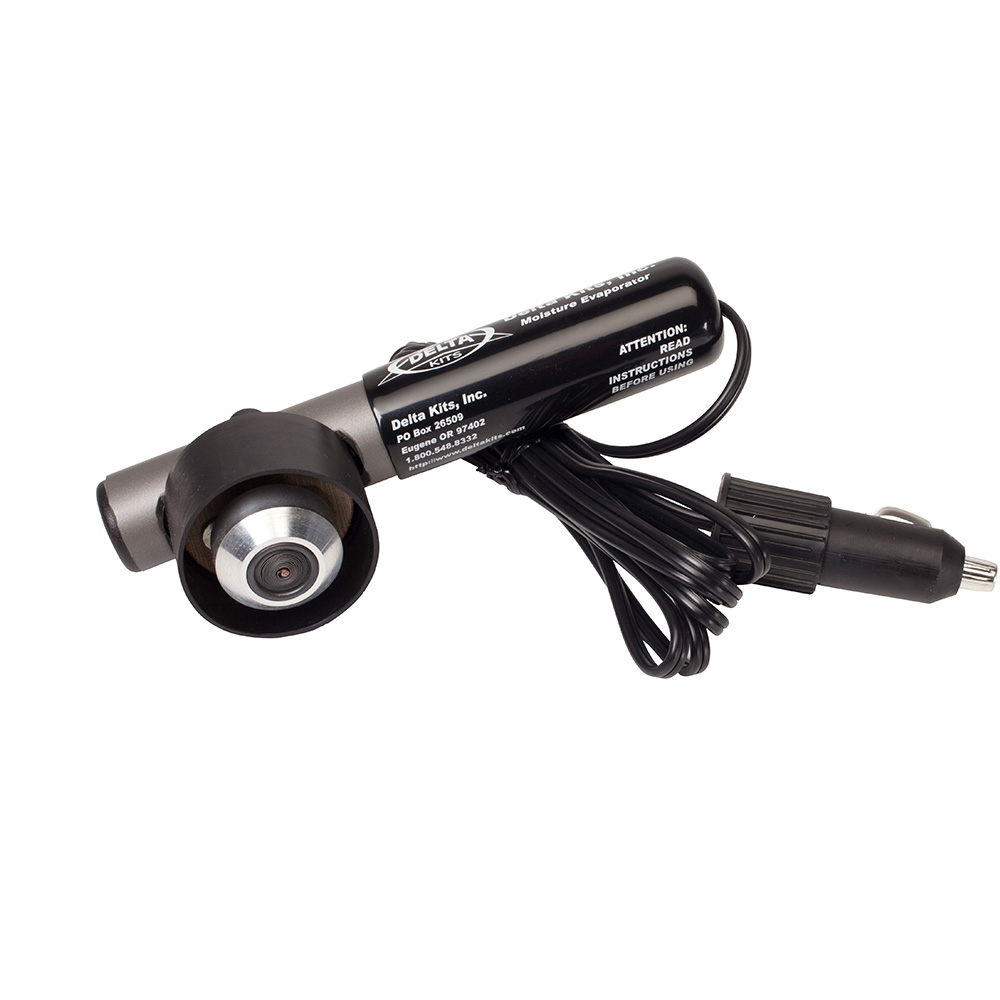


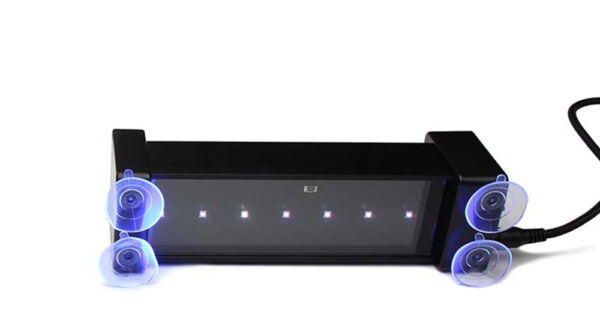
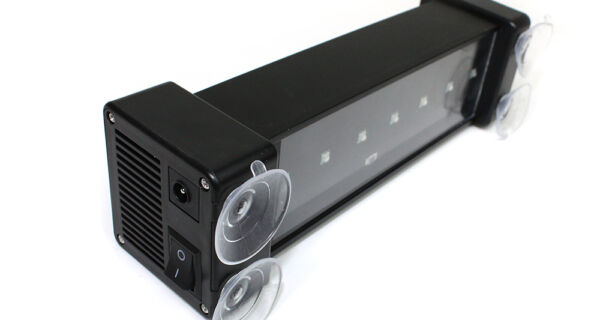
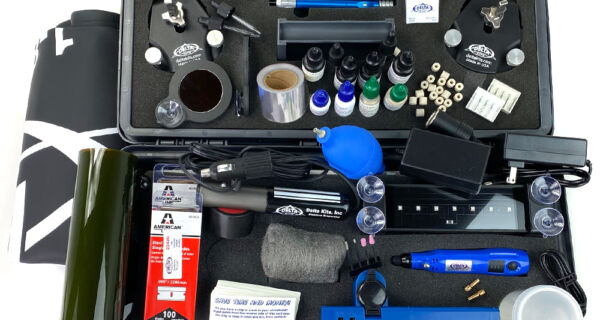
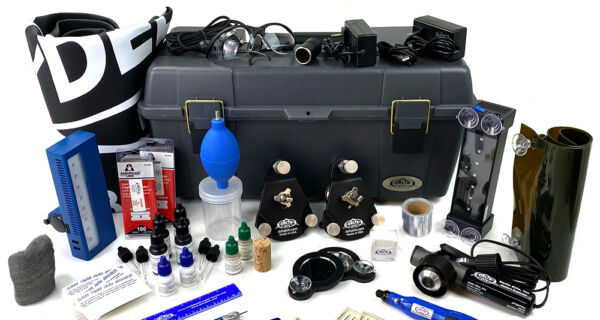
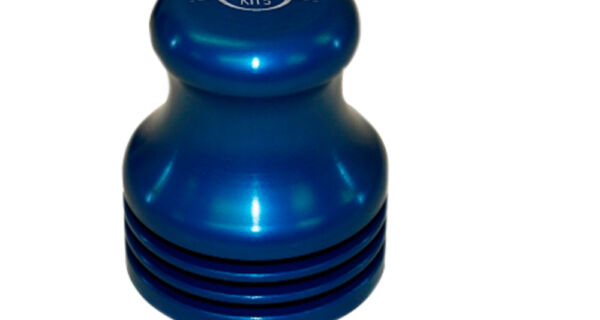
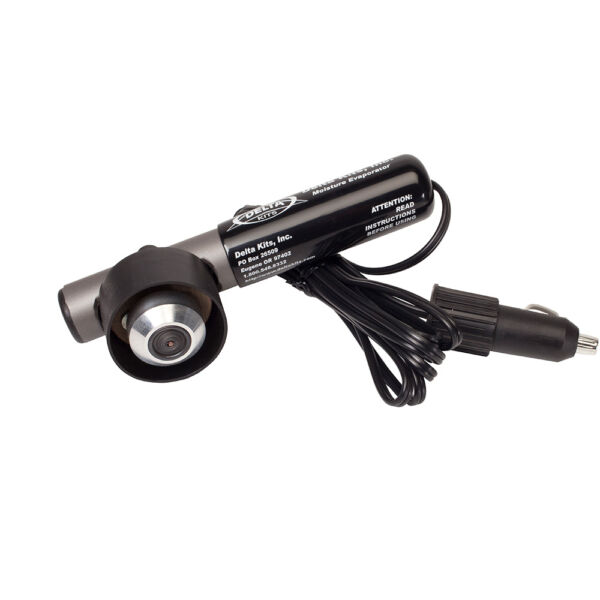
Reviews
There are no reviews yet.